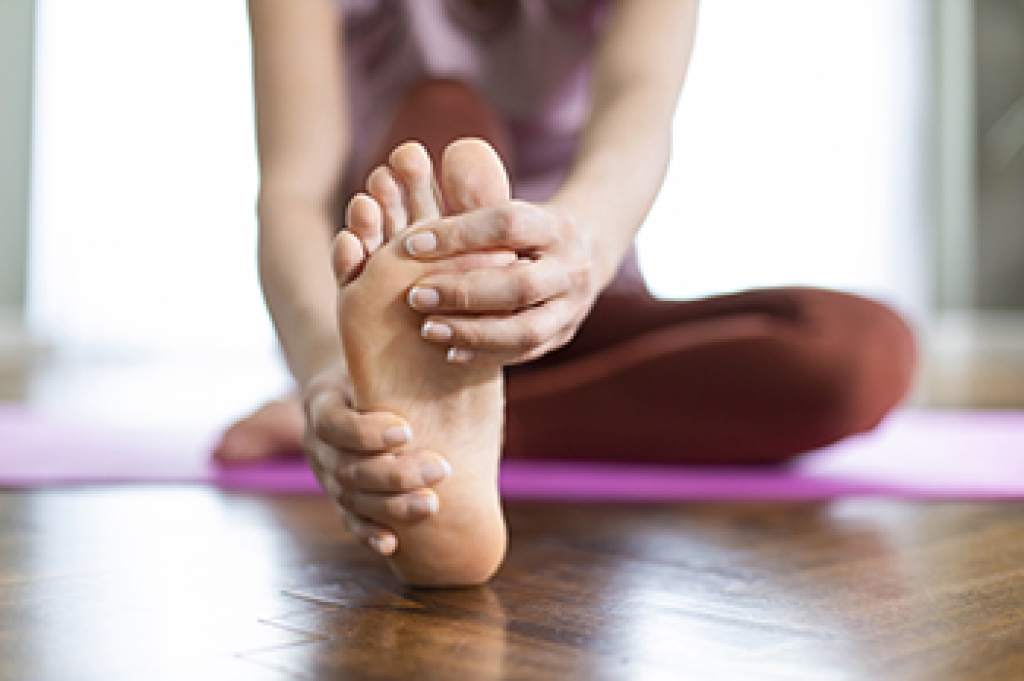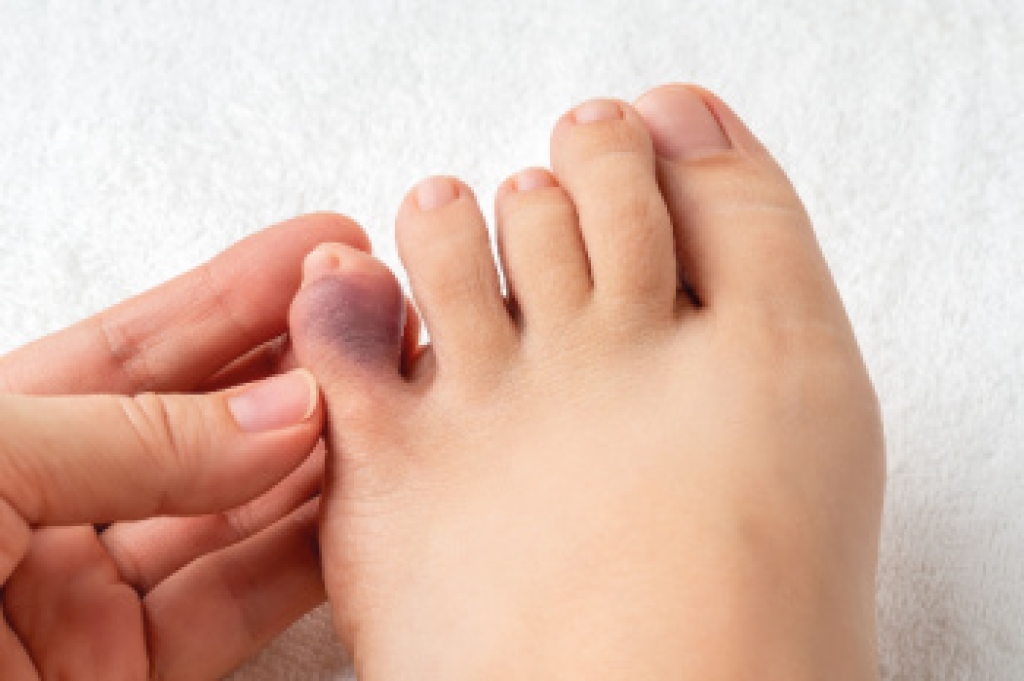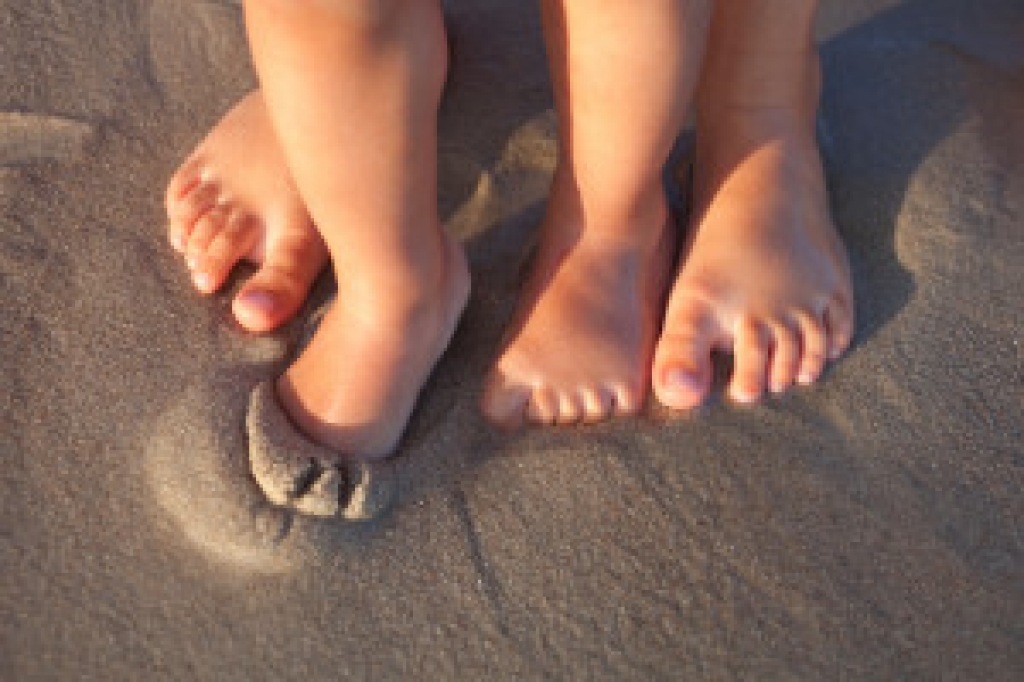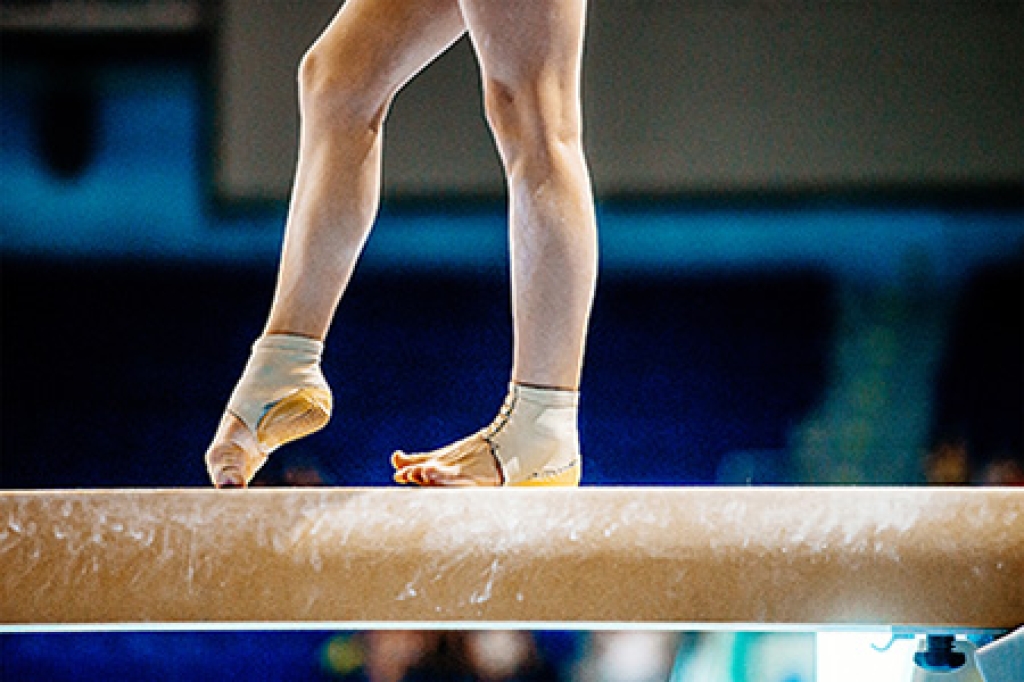
Toenails can fall off for a number of reasons, including injury, infection, or underlying health issues. Trauma, such as stubbing a toe or dropping something heavy on it, may cause blood to collect under the nail, called a subungual hematoma, which can lead to toenail loss. Fungal infections can also weaken the nail, causing it to become discolored, thickened, and brittle until it detaches from the nail bed. Skin conditions like psoriasis may damage the nail matrix and lead to nail separation. Certain health conditions, like diabetes or poor circulation from peripheral artery disease, can limit blood flow to the feet and make the nails more prone to falling off. Certain medications may affect nail growth and strength. A podiatrist can examine the affected nail and recommend proper treatment, including antifungal care, or monitoring circulation. If you have problematic toenails, it is suggested that you schedule an appointment with a podiatrist for appropriate treatment.
Toe pain can disrupt your daily activities. If you have any concerns, contact Scott Samera, DPM of Samera / Foot + Ankle. Our doctor can provide the care you need to keep you pain-free and on your feet.
What Causes Toe Pain?
Most severe toe pain is caused due to a sports injury, trauma from dropping something heavy on the toe, or bumping into something rigid. Other problems can develop over time for various reasons.
Toe pain can be caused by one or more ailments. The most common include:
- Trauma
- Sports injury
- Wearing shoes that are too tight
- Arthritis
- Gout
- Corns and calluses
- Hammertoe
- Bunions
- Blisters
- Ingrown toenails
- Sprains
- Fractures (broken bones)
- Dislocations
When to See a Podiatrist
- Severe pain
- Persistent pain that lasts more than a week
- Signs of infection
- Continued swelling
- Pain that prevents walking
Diagnosis
In many cases the cause of toe pain is obvious, but in others, a podiatrist may want to use more advanced methods to determine the problem. These can range from simple visual inspections and sensation tests to X-rays and MRI scans. Prior medical history, family medical history, and any recent physical traumatic events will all be taken into consideration for a proper diagnosis.
Treatment
Treatments for toe pain and injuries vary and may include shoe inserts, padding, taping, medicines, injections, and in some cases, surgery. If you believe that you have broken a toe, please see a podiatrist as soon as possible.
If you have any questions please contact our office located in Lake City and Branford, FL . We offer the newest diagnostic and treatment technologies for all your foot and ankle needs.








